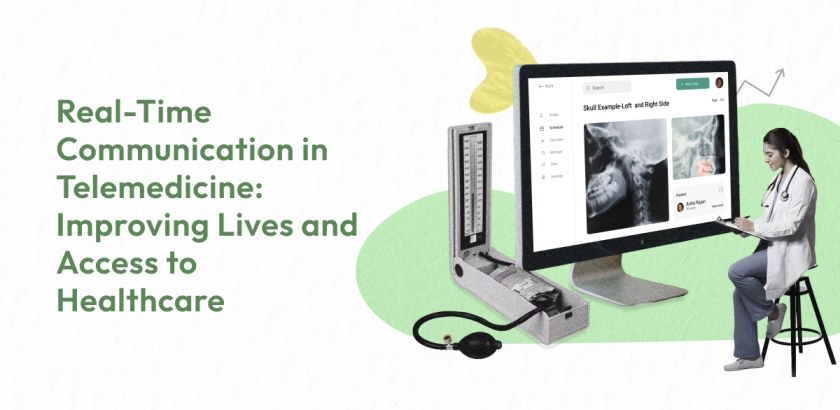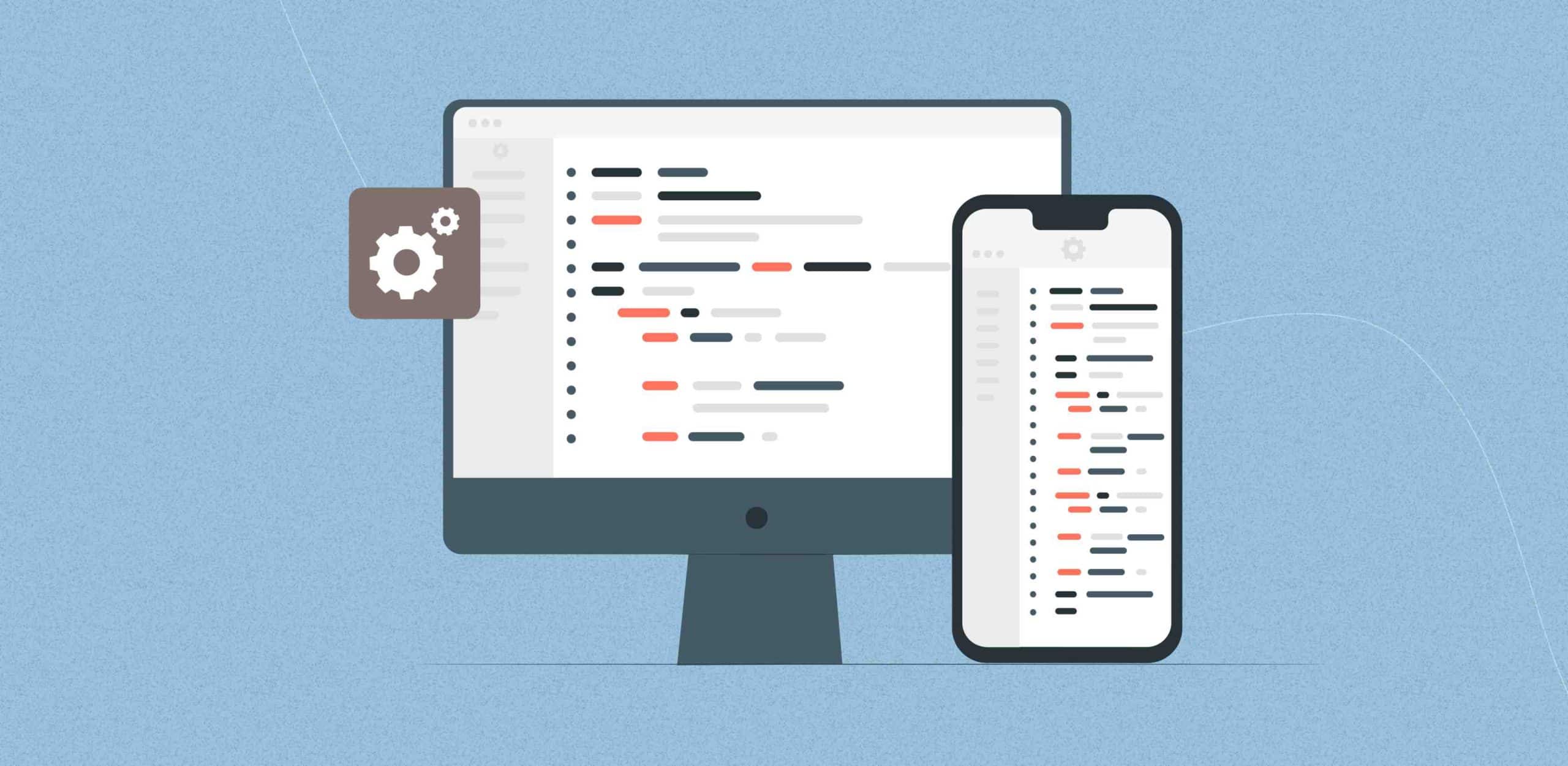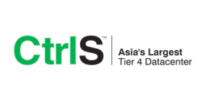Real-time communication in telemedicine is revolutionizing the way we access healthcare. With the ability to connect patients and healthcare professionals in real-time, telemedicine is improving lives and increasing access to healthcare for people all over the world. Whether you’re in a remote area or simply unable to leave your home, telemedicine allows you to receive the medical care you need without leaving the comfort of your home.
In this blog, we’ll explore the benefits of real-time communication in telemedicine and how it’s changing access to healthcare. From improved patient outcomes to increased efficiency and cost savings, we’ll take a closer look at the many ways telemedicine is making a positive impact on healthcare.
Introduction to Real-Time Communication in Telemedicine
Telemedicine is the delivery of healthcare services via technology, and real-time communication plays a crucial role in this process. They allow healthcare professionals to interact with patients in real-time, regardless of location. This can include video consultations, remote monitoring, and instant messaging.
The use of real-time communication in telemedicine is increasing rapidly as it allows for more efficient and convenient healthcare delivery. It also helps in reducing healthcare costs and increasing access to care for patients in remote or underserved areas. It also improves patient outcomes by enabling healthcare professionals to provide more timely and accurate diagnoses and treatment recommendations. They are especially useful for individuals with chronic conditions, such as diabetes, heart disease, and mental health conditions. These patients can benefit from regular check-ins and monitoring, which can be done remotely using these telehealth solutions.
Real-Time Communication in Telemedicine: Improving Lives and Access to Healthcare
Real-time communication in telemedicine is revolutionizing how healthcare is delivered, improving lives and increasing access to healthcare for individuals worldwide. With real-time communication technology, the real-time consultation between a healthcare professional and a patient becomes easier, irrespective of their location.
One of the biggest benefits of real-time communication in telemedicine is its ability to increase access to healthcare for individuals in remote or underserved areas. With real-time communication technology, patients in these areas are able to receive the same quality of care as those in more urban areas. This is particularly important for individuals with chronic conditions such as diabetes, heart disease, and mental health conditions, who often require regular check-ins and monitoring. They also improve patient outcomes by enabling healthcare professionals to provide more timely and accurate diagnoses and treatment recommendations. This is achieved through remote monitoring devices and real-time video consultations, which allow healthcare professionals to observe symptoms and communicate with patients in real-time.
In addition to improving patient outcomes and increasing access to healthcare, real-time communication in telemedicine also helps to reduce healthcare costs. Allowing for remote consultations and monitoring eliminates the need for patients to travel to see a healthcare professional, resulting in lower costs for both the patient and the healthcare system.
It can be said that real-time communication in telemedicine is an innovative and efficient way to deliver healthcare services, and it is becoming increasingly important as technology continues to advance. It is providing a solution to improve healthcare access, quality, and costs which will benefit society as a whole. And it is a crucial aspect of modern healthcare delivery.
Real-Time Communication in Telemedicine Solutions
Real-time communication in telemedicine is a rapidly growing field that offers various solutions for healthcare professionals and patients. The use of real-time communication technology in telemedicine allows for efficient and convenient healthcare delivery, regardless of location. It encompasses a variety of solutions, including video consultations, remote monitoring, and instant messaging.
One of the most popular solutions in real-time communication in telemedicine is video consultations. This allows healthcare professionals to conduct virtual appointments with patients, which can be done from the comfort of their own homes or anywhere with an internet connection. Video consultations are particularly useful for individuals with chronic conditions, such as diabetes, heart disease, and mental health conditions, who may require regular check-ins and monitoring.
Remote monitoring is another important solution. This involves using devices that measure and transmit vital signs, such as blood pressure, heart rate, and oxygen levels, to healthcare professionals in real-time. This allows healthcare professionals to monitor patients remotely and provide timely and accurate treatment recommendations.
Instant messaging is also a key solution that enables healthcare professionals and patients to communicate in real-time, through secure messaging platforms, which can be very helpful to get quick answers, clarifications, or to follow-up on treatment.
Real-time communication in telemedicine solutions also includes Electronic Health Records (EHR) and Personal Health Records (PHR) integration, which allows healthcare professionals to access patient medical history and progress in real-time and improve the continuity of care. It offers a wide range of solutions that improve healthcare delivery and makes healthcare more accessible to individuals worldwide.
Contact us for a custom telemedicine solution that leverages real-time communication tailored to your specific requirements.
Implementing Real-Time Communication in Telemedicine
Implementing real-time communication in telemedicine can be a game-changer for healthcare professionals and patients. The use of real-time communication technology in telemedicine allows for efficient and convenient healthcare delivery, regardless of location. Real-time communication in telemedicine encompasses a variety of solutions, including video consultations, remote monitoring, and instant messaging.
When implementing real-time communication in telemedicine, it is important to first identify the specific needs and goals of the healthcare organization. This may include increasing access to healthcare for patients in remote or underserved areas, improving patient outcomes, or reducing healthcare costs.
Next, it is important to select the appropriate technology for the organization. This may include video conferencing software for video consultations, remote monitoring devices for remote monitoring, and secure messaging platforms for instant messaging. It is also important to ensure that the technology is user-friendly and easy for healthcare professionals and patients.
Another crucial aspect of implementing real-time communication in telemedicine is data security and privacy. It’s important to ensure that all data transmitted through the technology is secure and compliant with relevant regulations and laws. It’s also important to train healthcare professionals to use the technology effectively and efficiently. This may include training on how to conduct video consultations, how to use remote monitoring devices, and how to use secure messaging platforms.
It is important to continuously monitor and evaluate the implementation of real-time communication in telemedicine. This includes monitoring patient satisfaction, healthcare professional satisfaction, and the overall effectiveness of the technology in achieving the organization’s goals.
The Future of Telemedicine and Real-Time Communication
The future of telemedicine and real-time communication is looking bright as technology continues to advance, and more healthcare organizations adopt telemedicine solutions. Real-time communication in telemedicine is expected to become even more prevalent in the coming years as it offers many benefits to healthcare professionals and patients alike.
One of the most significant trends in the future of telemedicine is the increased use of artificial intelligence (AI) and machine learning (ML). These technologies can be used to improve the diagnosis and treatment of patients by analyzing large amounts of data in real-time. For example, AI-enabled remote monitoring devices can be used to analyze vital signs and provide early warning signs of potential health issues.
Another trend in the future of telemedicine is the integration of virtual reality (VR) and augmented reality (AR) technologies. These technologies can be used to create immersive virtual environments for patients, which can be used for therapy and rehabilitation, as well as for remote consultations with healthcare professionals.
Another trend is the use of blockchain technology, which can be used to securely store and share patient data. This will help to ensure patient data is kept private and secure while also making it more easily accessible to healthcare professionals.
Finally, the increased use of telemedicine and real-time communication will help to improve access to healthcare, especially in remote or underserved areas. This will be particularly beneficial for individuals with chronic conditions, such as diabetes, heart disease, and mental health conditions, who often require regular check-ins and monitoring.
The future of telemedicine and real-time communication is looking promising. The advancements in technology and the increasing adoption of telemedicine solutions will lead to more efficient and convenient healthcare delivery, improve patient outcomes and increase access to healthcare for all.
End-note
At Enfin, we offer real-time communication services to support telemedicine practices. Our cutting-edge technology and dedicated team of professionals are committed to providing the best possible experience for patients and healthcare providers. If you are interested in learning more about our services and how we can support your telemedicine practice, please contact us today.
Let’s transform your business for a change that matters.
F. A. Q.
Do you have additional questions?
Real-time communication in telemedicine is the use of technology to interact with patients in real-time, regardless of their location. This can include video consultations, remote monitoring, and instant messaging. This technology allows healthcare professionals to provide more efficient and convenient healthcare delivery and improves patient outcomes by enabling healthcare professionals to provide more timely and accurate diagnoses and treatment recommendations. It also allows patients in remote or underserved areas to have access to healthcare services, as well as reduces healthcare costs.
The benefits of real-time communication in telemedicine include:
- Improving access to healthcare for patients in remote or underserved areas.
- Improving patient outcomes by enabling healthcare professionals to provide more timely and accurate diagnoses and treatment recommendations.
- Reducing healthcare costs by eliminating the need for patients to travel to see a healthcare professional.
- Convenient healthcare delivery as patients can access healthcare services from the comfort of their own home.
- It’s especially useful for individuals with chronic conditions, such as diabetes, heart disease, and mental health conditions, who can benefit from regular check-ins and monitoring.
- Enhancing continuity of care by allowing healthcare professionals to access patient medical history and progress in real-time.
The top real-time communication in telemedicine solutions available include, Video consultations, Remote monitoring, Secure messaging platforms, Electronic Health Records (EHR) and Personal Health Records (PHR) integration, Artificial Intelligence (AI) and Machine Learning (ML) integration, Virtual Reality (VR) and Augmented Reality (AR) integration, Blockchain technology integration.
Real-time communication in telemedicine complies with HIPAA regulations by implementing a variety of security measures to protect personal health information (PHI). These measures include:
- Encrypting all data transmissions to protect PHI from unauthorized access or breaches.
- Using secure messaging platforms that are compliant with HIPAA regulations, such as end-to-end encryption and two-factor authentication.
- Regularly updating telemedicine software and devices with the latest security patches.
- Configuring devices with secure settings.
- Implementing a robust incident response plan in case of a security breach or other incident.
- Regularly monitoring and evaluating security measures to ensure compliance with HIPAA regulations.
To maximize the effectiveness of real-time communication in telemedicine for your patients, you can:
- Identify the specific needs and goals of your patients and tailor the telemedicine solutions to meet those needs.
- Train your healthcare professionals on how to use the technology effectively and efficiently
- Continuously monitor and evaluate the effectiveness of the technology and make adjustments as necessary.
- Use secure and user-friendly technology that is easy for patients to use
- Encourage patients to use the technology regularly and provide support when needed.
- Use the technology to improve continuity of care by providing regular check-ins and monitoring for patients with chronic conditions.














